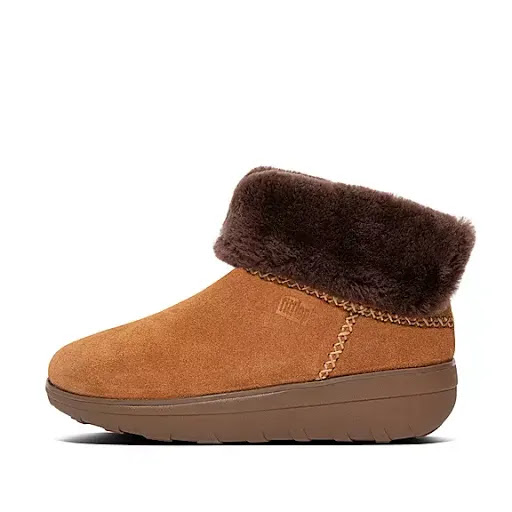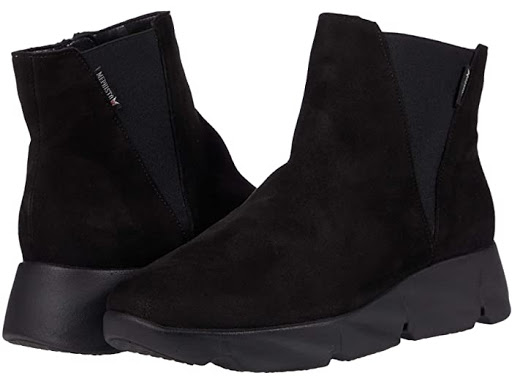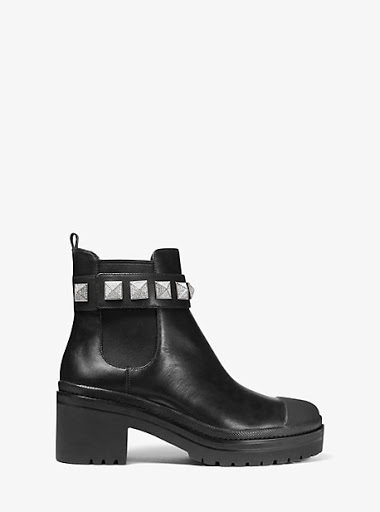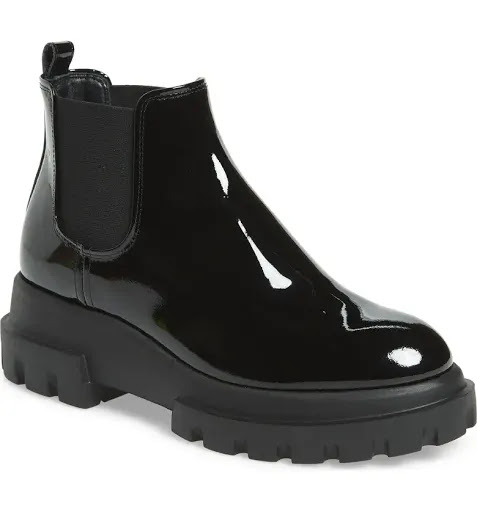Top 20 Podiatrist Recommended
Women's Boots
Fall 2020 & Winter 2021
It's been a tough year! In honor of making our lives more pleasant and pain-free, I've prepared a top 20 comfortable boot list that I hope proves helpful to you. My personal choice for a winter fashion boot is the Mephisto Hazelina, which I purchased from the fantastic Mephisto store on East Shea Boulevard where they have impeccable customer service and an amazing collection of comfortable and fashionable shoes. Mephisto shoes are expensive, but I consider them an investment in my health and well-being.
When shopping for a comfortable boot, the most important aspect is to find a boot that has a thick, rigid, and non-flexible sole. It's counterintuitive, but shoes with less motion through the sole means there is less motion through painful joints and that equates to less inflammation, less swelling, less pain, and less damage. A thick, rigid, and nonflexible sole will also decrease mechanical strain on tendons and joints, which means that there is less tired leg syndrome at the end of a long day and it will also decrease strain on the knees, hips, and lower back. You should also avoid any boots with a tapered and narrow toe box as they can cause bunions, hammertoes, ingrown toenails, and corns. A dress orthotic should fit nicely into most of these boots, which will help to slow the progression of bunions, hammertoes, prevent heel pain, and help with people who have over-pronation and hypermobility.
I recommend that you shop for shoes after lunchtime when there is more swelling in your feet and ankles. I don't necessarily recommend this for everyone, but I purchase all my shoes one whole size up as I cannot tolerate any pressure on my toes. Don't be afraid to try the next size or width up to see how they feel. Always remember, it's better to have a shoe a little too big than too tight.
Mephisto Hazelina
Guess Zodiac
Fearne Combat boots by Guess
Kork-Ease Shirome
Dr. Martens Leona (Burgundy Vintage)
Paloma Barcelo Nazare Shearling Boots
Paloma Barcelo Mardin
Circus By Sam Edelman
Madden Girl
Michael Kors
Haskell Crocodile Embossed Leather Combat Boot
Michael Kors
Glenn Studded Leather Boot
El Naturalista Haya N5175
Sorel Evie Pull On
Sorel Joan of Arctic Wedge II Zip
The North Face Thermoball Progressive Zip
AGL Lugged Sole Chelsea
Frye Veronica Bootie
Frye Harness Square Toe Engineer
Eileen Fischer
London Recycled Stretch Knit Bootie
Fly Long Bagu
For more information, check out my article 'My feet hurt - Top 10 things to alleviate foot pain today' at:
Thank you for reading and I hope that this list is helpful to you!
Stay safe!
Dr. Cathleen A. McCarthy
:)
*********
Listen online to my short story podcast!

















































